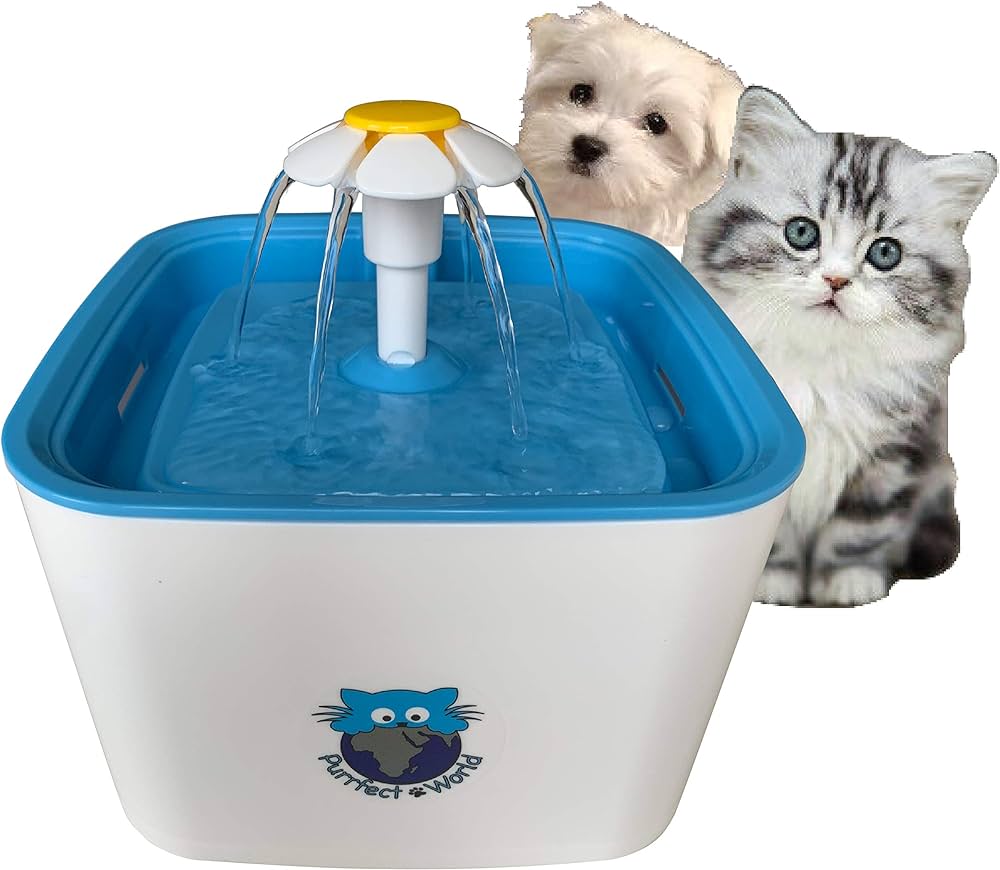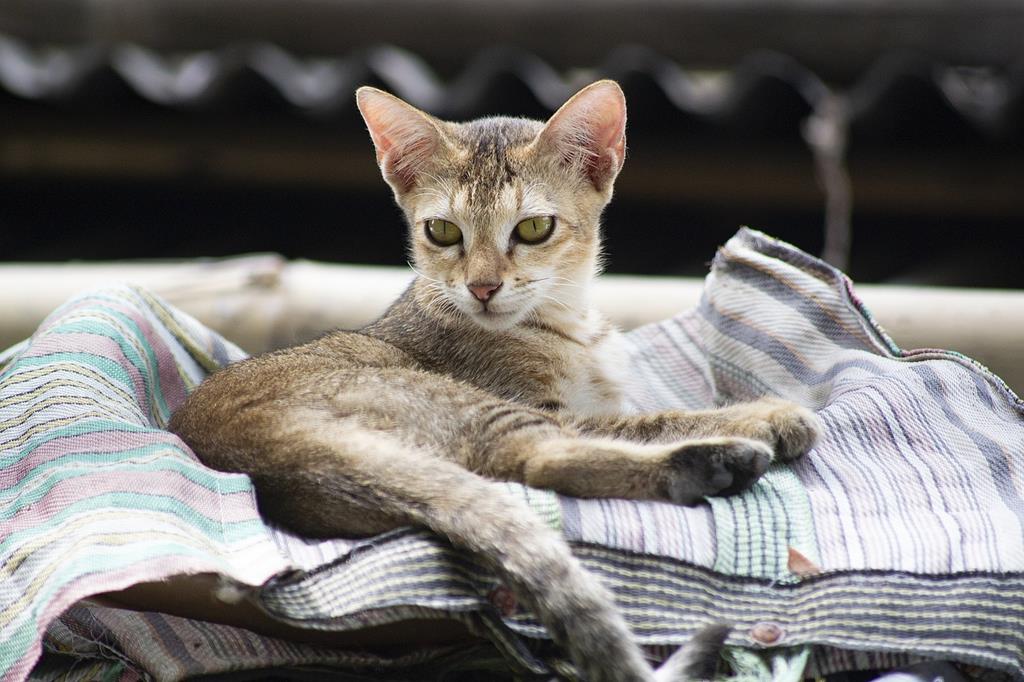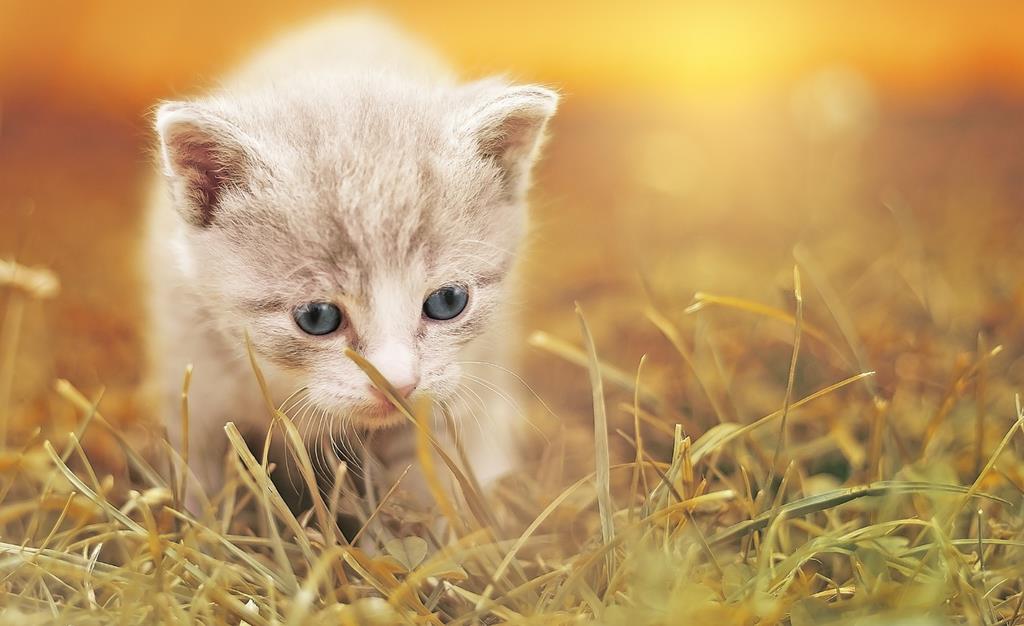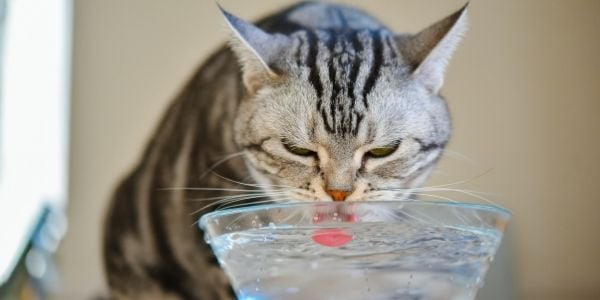To get cats accustomed to a water fountain, introduce it gradually and keep the old water bowl nearby. Use enticing strategies like adding ice cubes or placing treats around the fountain to spark interest.
Cats, often finicky with their drinking habits, can be skeptical about new additions to their environment. A water fountain can seem strange to a feline companion initially. To ensure a smooth transition, patience is key. Offering your cat choices by maintaining the presence of their familiar water bowl provides comfort during this period of adjustment.
Enticements such as ice cubes can create curiosity and draw them to explore the new source of running water. By placing treats near the fountain, you create a positive association, making the fountain more appealing. Engaging with your cat near the fountain without forcing interaction can also encourage acceptance. Introducing a water fountain in this manner can lead to better hydration for your pet, as cats are naturally attracted to flowing water.

Credit: www.instagram.com
Introducing Cats To Water Fountains
Introducing Cats to Water Fountains can seem daunting. Cats often prefer still water sources. A fountain can intrigue and encourage your cat to drink more. Let’s explore the steps to make this transition smooth and stress-free for your furry friend.
Reasons For Switching To A Water Fountain
- Freshness: Running water stays cleaner.
- Hydration: Cats find flowing water more tempting, leading to better hydration.
- Health: Water fountains can reduce the risk of urinary and kidney issues.
- Instinct: Many cats have a natural preference for running water.
The Basics Of Cat Hydration
Cats need plenty of water to stay healthy. They are not always keen on water. A water fountain can help with that. A cat should drink approximately 60 ml of water per kilogram of body weight daily.
- Choose a quiet fountain to not scare your cat.
- Place the fountain away from their food.
- Show it to them without force.
- Use treats to encourage investigation.
- Patience is key for acceptance.
| Cat Weight (kg) | Water Intake (ml/day) |
|---|---|
| 3 | 180 |
| 5 | 300 |
| 7 | 420 |

Credit: www.amazon.com
Choosing The Right Water Fountain
Are you eager to encourage your whiskered friend to stay hydrated with a fancy new water fountain? Choosing the right water fountain is crucial for your cat’s health and happiness. Let’s dive into what to look for.
Factors To Consider When Buying
Before committing to a cat water fountain, consider a few key points:
- Material: Opt for non-toxic, BPA-free plastics, stainless steel, or ceramic.
- Size: Ensure the fountain fits your space and accommodates all your cats.
- Quiet Operation: Cats prefer silence, so a quiet pump is essential.
- Maintenance: Look for fountains that are easy to clean and maintain.
- Filter Type: Choose a fountain that has replaceable filters to keep water fresh.
- Water Flow: Adjustable flow settings can suit different cat preferences.
Popular Types Of Fountains For Felines
Cats have their own unique tastes, especially when it comes to drinking water. Here are popular fountain styles:
| Fountain Type | Features |
|---|---|
| Gravity Fountains | Simple design, uses gravity to replenish water. |
| Bubble Fountains | Gentle bubbling action, often quieter. |
| Falling Streams | Mimics a flowing tap, with stream(s) for cats to drink from. |
| Multi-Tier Fountains | Offers different levels for drinking, good for multiple cats. |
Every cat is a unique little character. Finding a perfect water fountain may take a smidge of patience, but it’s worth the effort. Keep them purring with clean, flowing water every day.
Setting Up The Fountain
Getting your feline friend to embrace a water fountain starts with setup. Cats need fresh water, and a fountain can make this daily need an exciting experience. Patience and strategic placement play key roles in this process. Here’s how you can make the transition from bowl to fountain smooth for your kitty.
Optimal Placement For Cat Comfort
Select a spot for the fountain that feels safe and quiet. Cats enjoy peace during their water breaks. Keep these pointers in mind:
- Choose a low-traffic area away from loud appliances.
- Make sure the spot is near their food but not directly next to it.
- Ensure the fountain is on stable ground to avoid tipping.
Observe your cat’s behavior to confirm the chosen spot works well.
Ensuring The Fountain Stays Clean
A clean water fountain is vital for cat health. Clean water prevents illness and keeps your cat happy. Follow these steps:
- Rinse the fountain with warm water every few days.
- Use cat-safe cleaning products for a deep clean weekly.
- Change filters as the manufacturer recommends.
Consistency with cleaning schedules will keep your cat’s water fountain inviting.
Encouraging Your Cat To Drink
Getting your cat to drink enough water can be a challenge. Cats naturally have a low thirst drive. That’s where a water fountain can help. This guide explores how to make this new hydrating habit fun and rewarding for your feline friend.
Using Positive Reinforcement
Positive reinforcement works wonders for cats. It’s all about making the drinking experience enjoyable. Start by placing treats around the fountain. This encourages your cat to explore. Every time they take a sip, reward them. Use their favorite treats as incentives.
- Offer treats near the fountain
- Praise when they drink
- Repeat to form a habit
Mixing Old Habits With New Technology
Keep the familiar bowl nearby. Gradually move it closer to the fountain. Soon, your cat will try the flowing water. The sound of running water triggers their interest. It is similar to fresh streams in the wild. In no time, they’ll favour the fountain.
- Start with both bowl and fountain available
- Gradually move the bowl closer to the fountain
- Remove the bowl once the fountain is accepted
Troubleshooting Common Issues
Introducing a water fountain to your cat should be a smooth process. Yet, sometimes, cats might not take to their new hydrating hub instantly. This section delves into troubleshooting common issues to help your feline friend embrace a healthier drinking routine.
What To Do If Your Cat Ignores The Fountain
Cats can be skeptical about new additions to their environment. If your cat seems disinterested in the water fountain, these steps may encourage use:
- Place it in their favorite area. This will make it a familiar part of their territory.
- Run the fountain without the motor. The absence of noise may pique their interest.
- Use enticing treats. Place treats near the fountain to draw them closer.
- Be patient. Give your cat time to adjust to the new item.
Maintenance And Repair Tips
Regular maintenance ensures the longevity of your cat’s water fountain. Here are a few tips to keep it running smoothly:
| Maintenance Action | Frequency |
|---|---|
| Change the water | Every 2-3 days |
| Clean the fountain | Weekly |
| Replace filters | Every 2-4 weeks |
| Check the pump | Monthly |
If your fountain stops working, assess the pump first. Often, it’s simply clogged with hair and debris. Unclog it to restore function. For electrical issues, refer to the user manual, and contact customer support if needed.
Monitoring Cat Hydration
Ensuring your cat stays hydrated is crucial, especially when introducing them to a new water fountain. A water fountain can encourage cats to drink more. But first, they need to get used to it. Let’s dig into the vital signs of proper hydration and when it’s time to seek veterinary advice.
Signs Of Proper Hydration
Observing your cat’s behavior and physical condition helps gauge their hydration levels. Cats naturally excel at conserving water, but there are clear indicators when they’re well-hydrated:
- Elastic skin: Gently pull the skin between your cat’s shoulder blades. If it snaps back quickly, that’s a good sign.
- Wet nose: A moist nose, usually seen in healthy cats, indicates adequate hydration.
- Bright eyes: Hydrated cats have clear, bright eyes without any dryness.
- Regular urination: Check the litter box. Consistent, moderate clumps suggest proper fluid intake.
- Good energy levels: Lethargy can sometimes signal dehydration, so normal activity is positive.
These signs help ensure your feline friend is drinking enough water from their new fountain.
When To Consult A Veterinarian
If you notice any of the following symptoms, it’s time to contact your vet:
| Symptom | Possible Cause |
|---|---|
| Reduced skin elasticity | Dehydration |
| Dry gums | Lack of sufficient water intake |
| Excessive panting | Overheating or stress |
| Infrequent urination | Possible urinary tract issues |
| Dark, concentrated urine | Insufficient hydration |
Regular vet check-ups and close monitoring at home play a pivotal role in the welfare of your feline friend. Always seek professional advice if you’re unsure about your cat’s hydration levels or health in general.

Credit: kritterkommunity.com
Frequently Asked Questions Of How To Get Cats Used To A Water Fountain
Why Do Cats Need A Water Fountain?
Cats prefer fresh, running water as it’s more appealing and can encourage hydration. A water fountain mimics this natural preference, making it a healthy choice for cats who are finicky about drinking still water.
How Can I Introduce My Cat To A Water Fountain?
Start by placing the water fountain near your cat’s food or old water dish. Let them observe and investigate it while it’s turned off. Once they seem comfortable, turn the fountain on at its lowest setting to get them used to the sound and motion.
What Are The Benefits Of Cats Using A Water Fountain?
Water fountains keep water fresh and filtered, which can improve taste and odor. This can lead to increased water intake, better hydration, and overall health benefits for your cat, including reduced risk of urinary tract infections.
Can Water Fountains Be Scary For Cats?
Yes, some cats may initially find the noise and movement of a water fountain unnerving. Introduce it gradually, allowing your cat to approach and explore it on their own terms, and ensure the motor is quiet to minimize any potential fear.
Conclusion
Introducing your feline to a water fountain can be a game-changer for their health and hydration habits. With patience and following the steps outlined, you’ll soon see your cat enjoying fresh, flowing water daily. Remember, consistency is key, and in time, your pet will likely embrace this beneficial change.



